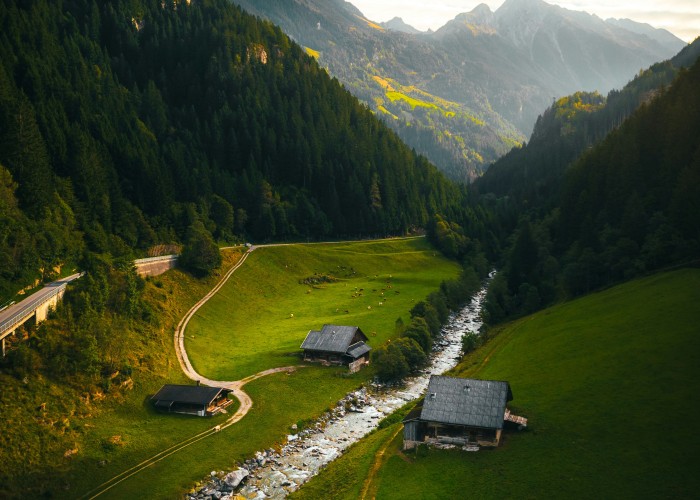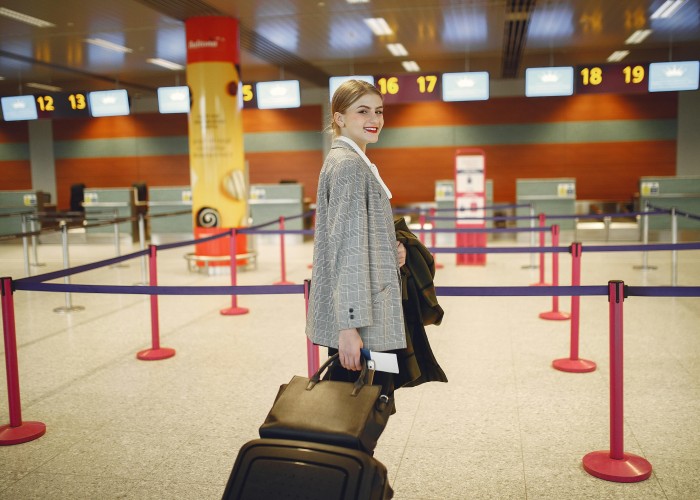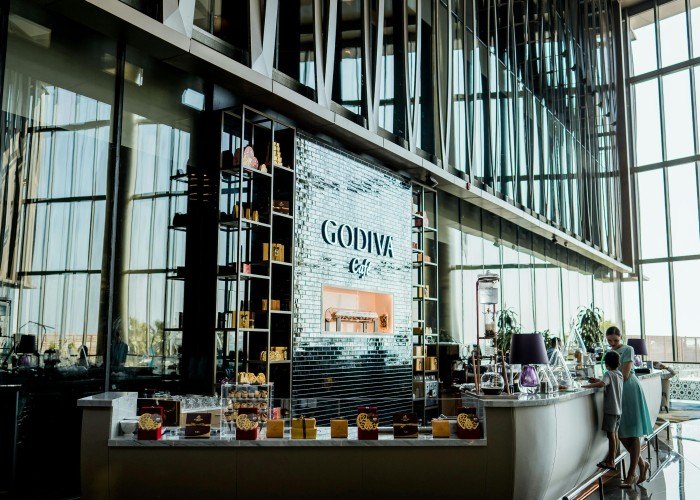Imagine trekking across Switzerland, from its eastern valleys to the shores of Lake Geneva, while passing through French-, German-, and Italian-speaking regions. That’s the magic of the Via Alpina—a long-distance hiking network across the heart of Switzerland, split into six stunning sections. You’ll feel immersed in diverse traditions, landscapes, and mountain life with every step. Via Alpina, Switzerland.
Here’s your complete guide to planning a journey on this iconic alpine route—from the best season and logistics to gear, safety, and the local culture awaiting on the trail.
Overview: What Is the Via Alpina and Why It’s Famous
The Via Alpina spans around 400 km, crossing Switzerland from east (Vaduz, Liechtenstein) to west (Montreux, Lake Geneva) It’s also known as Route 1 in Switzerland’s national trail system
- It includes about 15 stages and 14 alpine passes, weaving through seven Swiss cantons
- The trail rolls through richly varied landscapes—from glacial valleys to manicured chalets, wildflower meadows to high passes—offering a dynamic cultural immersion
- It forms part of the wider international Via Alpina network, a cross-Alps hiking effort linking eight countries and over 5,000 km of trail
This route is beloved for how it threads alpine grandeur, tradition, and walkable challenge in one unforgettable journey.
Best Time to Visit
To fully enjoy the trail under favorable conditions:
- Ideal season: June through September. Trails are clear, meadows bloom, and huts are open
- Avoid: Early summer may still carry snow on high passes. Late autumn or winter brings snow and many huts close.
Peak summer ensures scenic views and reliable lodging, while late summer offers fewer hikers and peaceful stages.
How to Reach (Train / Road / Air)
Getting to the trail is thankfully stress-free:
- By Air: Fly into Geneva, Zurich, or Milan.
- By Train:
- From Geneva or Zurich to Vaduz (via Feldkirch), the eastern start.
- At the western end, reach Montreux by train.
- Frequent regional trains pass through villages like Engelberg, Lauterbrunnen, Gstaad—great for stage starts or exits.
- By Road: Renting a car is possible, though Swiss public transit is often faster and leaves parking hassles behind.
This flexibility lets you design starts, stops, and segments based on your pace and plans. Via Alpina, Switzerland.
Entry Fees & Permits (Approximate or Subject to Change)
- The Via Alpina is free to hike—no permits needed for most sections.
- Huts and lodgings charge for overnight stays—typically CHF 30–60 per night, depending on location and board type.
You may also need to factor in a local tourist tax in some cantons—usually minimal. - Hiking in national parks or protected areas may have occasional usage rules, but these are rare and clearly posted when in effect.
Budget-wise, walking is low-cost if you plan to stay in simpler huts and pack in own snacks.
Food Availability & Meal Options
Good news—food is well-covered:
- Mountain huts often offer hearty evening meals and filling breakfasts.
- Valley towns along the route provide cafés, grocery stores, and restaurants for full meals.
- Lunches and snacks may need self-catering on long stages; bring bars, nuts, dried fruit, or light cheese for energy.
Planning to stop for dinner in villages ensures both cultural connection and nourishment along the way.
Packing List & Essentials
A smart pack ensures comfort and speed:
- Clothing: Moisture-wicking layers, fleece mid-layer, rain jacket, hat, and gloves.
- Footwear: Well-worn hiking boots with good grip.
- Gear:
- 30–40 L backpack
- Trekking poles
- Map or GPS tool
- Headlamp
- Reusable water bottle
- Basic first aid kit
- Power bank
- Extras: Sunglasses, sunscreen, and a small notebook to capture reflections.
Pre-hike practice walks with your pack help identify needless weight—and that pays off in comfort.
Safety Tips & Local Regulations
- Trail markings: Well-signed with occasional “Via Alpina” symbols, but local cantonal stakes are your lifeline
- Weather can shift fast—plan for rain or chill at higher elevations.
- Trail difficulty: Mostly moderate; physical fitness matters more than technical skill
- Leave no trace: Huts don’t take trash, so carry out what you carry in.
- Emergency number: 112 in Switzerland.
Stay prepared, respect nature, and the walk unfolds safely.
Tips for Beginners or First-Time Visitors
- Start with shorter segments—perhaps Engstlenalp to Lauterbrunnen or Adelboden to Gstaad.
- Train your legs with local multi-hour walks before heading to the Alps.
- Book huts early—July and August fill fast.
- Use public transport for custom segments—the Swiss rail lets you do half or partial routes based on your time.
- Enjoy local flavours—chat with hut wardens or stay in a chalet for a fresh peach-print of alpine culture.
This trek welcomes the curious—and rewards prepared pace.
Local Customs & Cultural Etiquette
- Greet locals with “Gruezi,” “Bonjour,” or “Buongiorno”—depending on the region.
- Quiet time in huts is usually around 9 pm—respect that.
- Switzerland values order—use recycling bins, follow designated trails, and don’t litter.
- Tipping isn’t customary—service is included; a round-up is enough if you appreciate hospitality.
- Languages change from German to French to maybe Italian dialects—smiling helps more than vocabulary.
These small gestures make each valley feel more welcoming.
FAQ Section
How long is the Swiss Via Alpina?
About 400 km, split into roughly 15 stages
How many days to complete?
Typically 12 to 20 days, depending on pace and daily stage length.
What is the difficulty level?
Moderate to difficult—requires stamina for long hikes and elevation changes
What’s the highest point?
Highest passes range around 2,600 meters, such as Hohtürli in the Bernese Oberland section
Are restrooms available?
Yes—at huts and villages along the route. Via Alpina, Switzerland.
Is it safe to hike solo?
Yes, Switzerland is safe and well structured. Inform someone and carry essentials like a power bank.
Do I need snow gear?
Not in summer—this route avoids glaciers. However, early season may need caution at alpine passes.
Is it family-friendly?
Older teens fit enough for long trail days may enjoy it—break it into shorter local legs to build confidence.
High-Search Keywords for SEO
- Via Alpina Switzerland hiking
- Via Alpina stages and guide
- Best time Via Alpina trail
- What to pack Via Alpina trek
- Via Alpina daily distance
- Swiss long-distance trail Via Alpina
- Hiking Via Alpina difficulty
- Swiss cultural trekking routes
- Via Alpina trail logistics
- Valley to valley Switzerland hiking
Final Thoughts
Walking the Via Alpina is more than summiting mountain passes—it’s a journey through Swiss cultures, languages, and landscapes that shift by the day. You’ll find yourself moving through history, tasting local cheese, and tracing centuries-old paths. With a bit of planning and a curious heart, the Via Alpina offers one of Europe’s most layered, rewarding hiking experiences. Via Alpina, Switzerland.






Leave a Reply